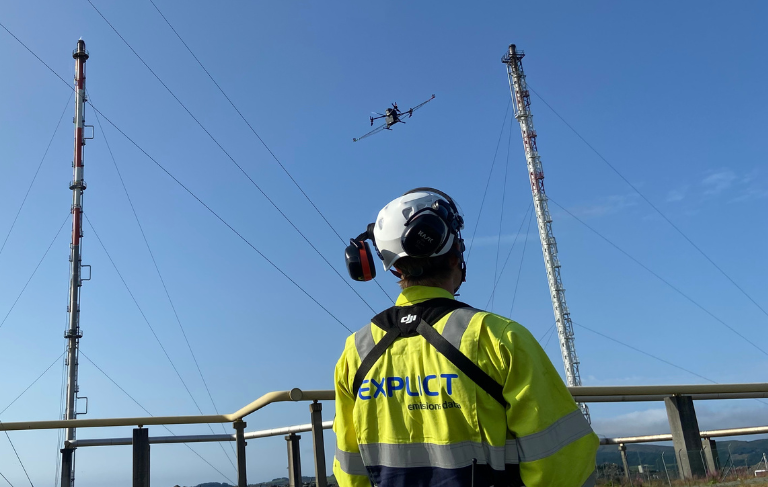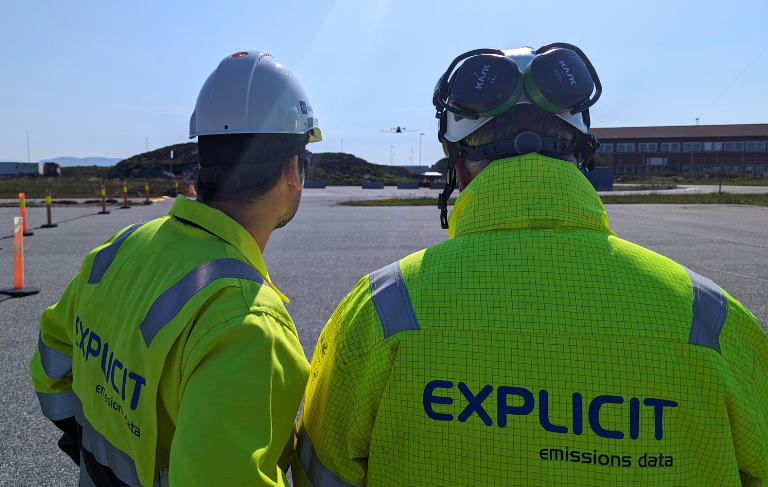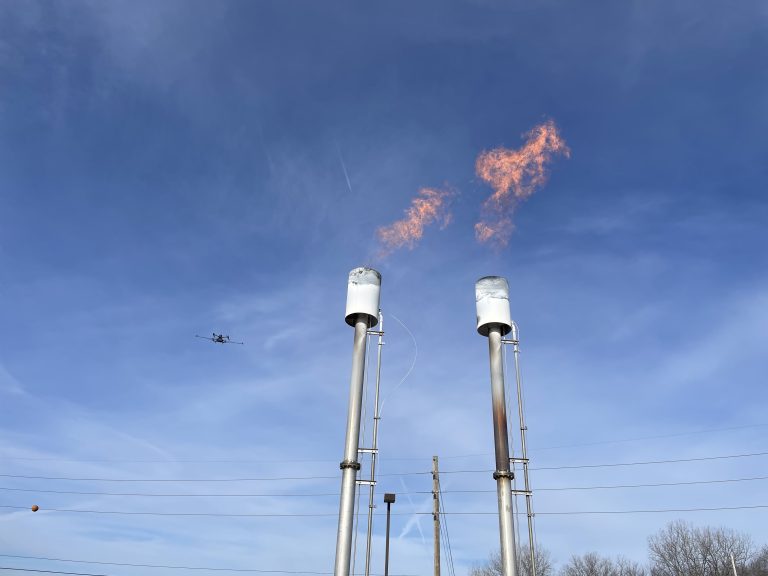Working on AWAIRE as part of my Master’s thesis made this project especially meaningful to me. Led by Explicit, the project focused on developing and field-testing the DFM method for measuring nitrous oxide (N₂O) emissions from wastewater treatment plants.
Over a period of two years, we took the DFM-N₂O method from a conceptual idea to an ISO-accredited solution – through controlled release campaigns, technical upgrades, and extensive fieldwork at BIOFOS Avedøre in Denmark.
A smarter way to measure
In comparative trials, the DFM-N₂O method consistently matched results from traditional approaches with the additional advantage of reducing uncertainty in parameters which are traditionally hard to measure, such as aeration airflow.
Applying the DFM-N₂O method on various measurement campaigns around the world, it became clear that the advantage of this remote sensor technology is especially valuable for wastewater treatment sites designed with tickling filters or surface aerators.
Why it matters
N₂O is a potent greenhouse gas, and interest in monitoring and mitigating it is growing globally. This reinforces the importance of developing accurate measurement tools in such a pioneering field. What’s missing often is reliable, actionable data.
Contributing to closing that gap and seeing the method applied across different sites globally has been incredibly rewarding to me, both personally and professionally. Taking the DFM-N₂O method from concept to an ISO-accredited solution is a reminder of the power of engineering-led climate solutions in making a real impact.
What’s next?
N₂O continues to be an evolving area of research, and we’re constantly learning about its behaviour and mitigation. But one thing’s for certain: methane emissions are also a concern at wastewater treatment plants, and the DFM method was originally developed with that in mind. Methane mitigation is often a low-hanging fruit, as leaks from pressure valves or poorly designed biofilters are relatively common and easier to fix with mitigation surveys.
Read more about the AWAIRE project and get the full report.




